Sennheiser HD 600 Open-Back Headphones
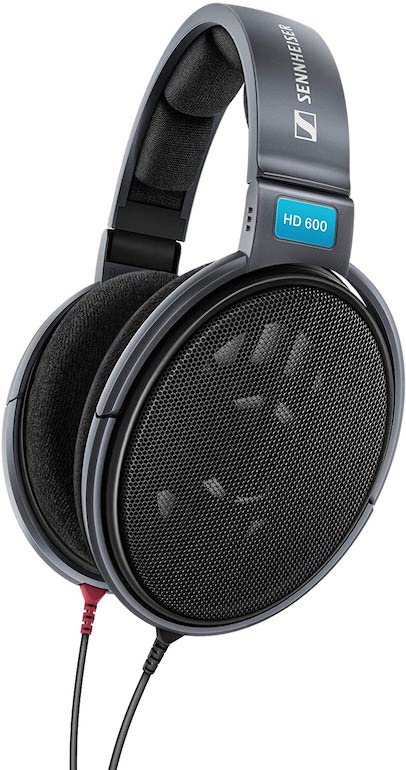
Sennheiser HD 600 Open-Back Headphones
Only an elite group of manufacturers can match the dedication shown by Sennheiser when it comes to delivering high-quality audio. That dedication has seen them continue to innovate in the pro-audio industry for around 75 years now. While they produce a variety of studio recording and live gear, it’s in headphones and earphones that Sennheiser is amongst the frontrunners.
Sennheiser offers a wide range of headphones, from entry-level to high-end professional sets. We are looking at the Sennheiser HD 600 open-back headphones (see current price) that sit somewhere around the mid to high range, both in price and quality.
Style And Substance
One of the things that Sennheiser is credited often for is making great-looking headphones. Admittedly, that’s a secondary concern, but if they sound good, there’s no harm in looking good, too.
Sennheiser’s HD 600 headphones have been around for awhile, and initially, they had a bit of a quirky look. The headband and outer rim had a blueish marble-effect finish that was more fitting for the early 2000s. The official name for the color finish was Steel Blue, and back in the day, it was considered a pretty hip look. These days, it would be more of an acquired taste and a little dated. Luckily, Sennheiser has given the HD 600’s a modern facelift that will appeal more to the modern musician.
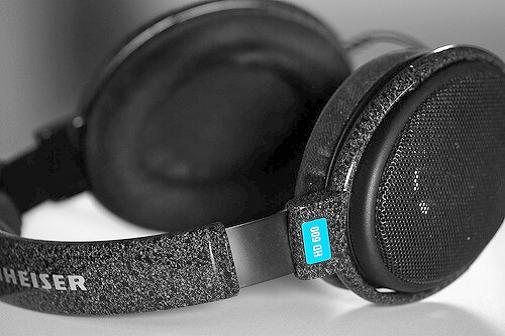
As such, the one notable difference is that the blue marble-effect finish has been replaced with a stylish black. The black finish gives them a much classier high-end look overall.
Beyond the color, the most noticeable design feature is its open-back earcups. Having an open-back design is more about sound, which we will get into, but it also lets you see the inner mechanics of the headphones which looks pretty cool. Another design feature that is typical to Sennheiser headphones is the elongated oval, rather than circular, earpieces. The shape of the earpieces gives the HD 600’s a sleek, streamlined, eye-catching appearance.
All in all, the Sennheiser HD 600’s are professional-grade headphones, and they look like it. So, as far as styling goes, they definitely get a pass. In part, for ditching the old, dated finish, but mostly because they look great without ever putting style over substance.
Built to Last
The Sennheiser HD 600 over-ear headphones are unexpectedly well-built. The reason we say unexpectedly is that they are made almost entirely from plastic. When you touch plastic headphones, they often feel cheap, especially when they are very lightweight. The difference with the HD 600’s is that they are made from a very tough plastic that feels far more robust than most in their class. Without the cable, the HD 600’s weigh 260g, so Sennheiser has found a nice balance between strength and weight.
The earpieces have steel protective mesh covers adding extra security where it’s needed most. The protective mesh keeps the drivers safe and delivers that transparent open-back sound. As for the ear pads, they are memory foam with a velour finish, as is the headband. The foam’s quality isn’t the most interesting aspect to discuss, but it’s vital to a comfortable fit. It’s safe to say, the materials used are more than up to standard.
Although the HD 600’s have always had a solid build quality, one improvement on the older model is that its cable also seems to be thicker and more durable. Easy to replace, the detachable copper cable is three meters in length and routed to both sides.
The HD 600 also includes a two-year manufacturer guarantee for some peace of mind. Having said that, like its cable, most of the individual parts are still easily replaceable. This includes the HD 600’s ear pads which are easy to swap out. Ultimately, unless you grossly mistreat them, these headphones will last you a very long time.
Comfort For Days
One of the most overlooked factors when choosing headphones is how comfortable they are. People often think if they sound good and look good, that’s the end of it. In reality, if you can’t comfortably wear them for extended periods, it doesn’t matter how good they sound.
Many users have found a slight issue with the steel band inside the headband. The issue is that it makes the fit a little tight, annoyingly we can confirm that issue. However, you can carefully (gently) bend the band into a better fit, and in all honesty, after some use, it’s no longer an issue. The upside of the HD 600’s headband is the smart design of the memory foam cushion. Rather than have a continuous pad from one end to the other, it’s divided into four smaller sections. At first sight, it looks like a design element, but it actually reduces the pressure on your head by allowing the foam to be more flexible.
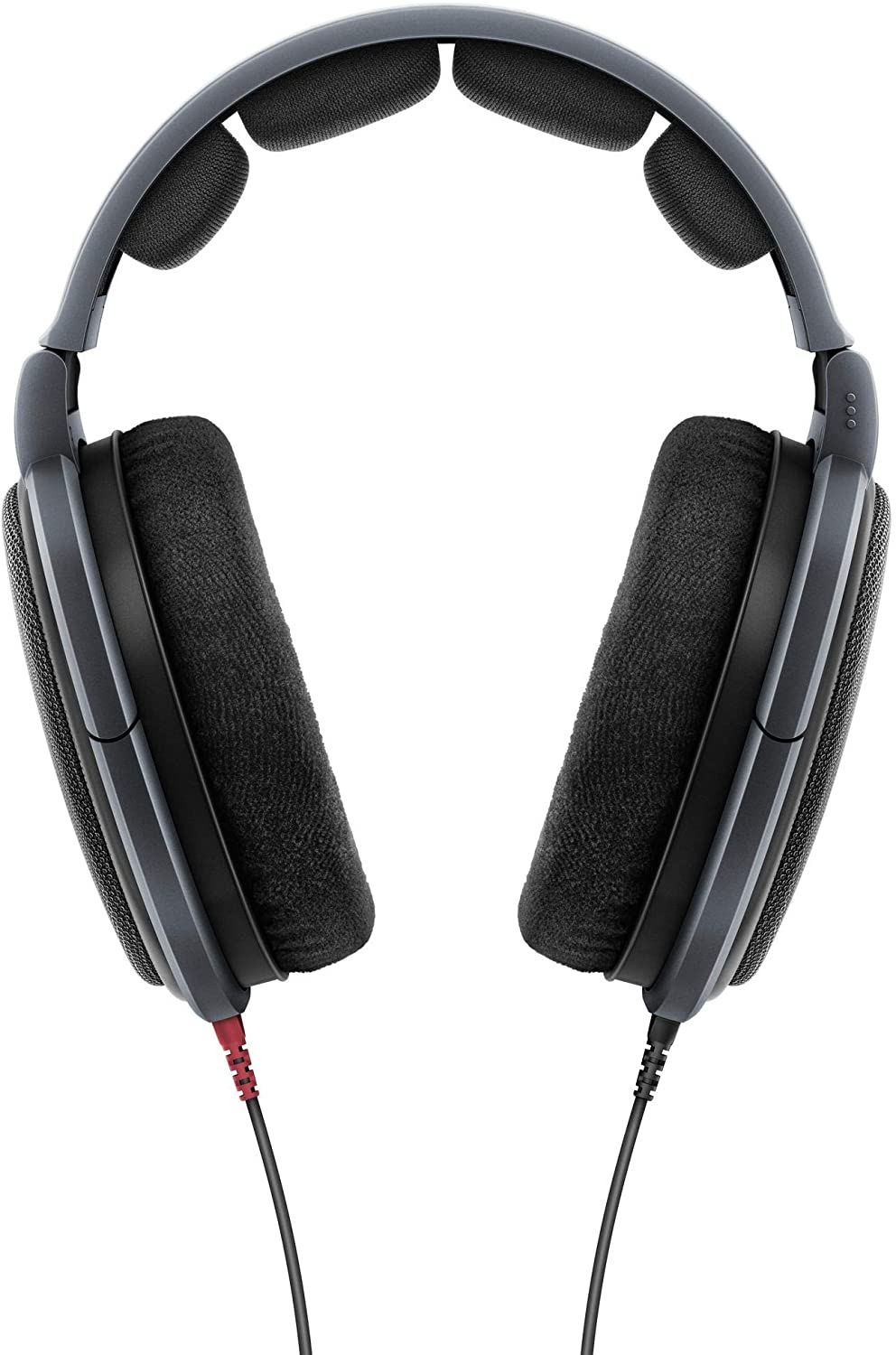
Yet, the true highlight when it comes to the comfort of the HD 600 are definitely its large and extremely comfortable ear pads. Made from memory foam and soft velour, we’ve noticed absolutely no ear fatigue after even the longest listening sessions. We’ve even included them in our list as the best overall studio headphones for larger ears.
In fact, we’re willing to say that after adjusting the HD 600’s headband, they’re the most comfortable studio headphones at their price range that we’ve ever worn.
How Do They Sound?
Specifications show that they have a sensitivity level of 97dB and a frequency range of 12-40500 Hz. That is coupled with a nominal impedance of 300 Ohms and distortion below total harmonic distortion of 0.1%. What the hell does that mean?
To start, it means that the HD 600 from a technical standpoint is a highly accurate tool for listening. This accuracy not only comes from its technical ability, but its neutral sound signature and its open-back design.
The HD 600’s open-back design makes precise panning very easy with the sound truly feeling like it’s all around you. The sound is extremely spacious right across the frequency range, delivering an airy, extended high end. This creates an incredible stereo image that allows you to pick out the finest details in your music.
The mid-range is also very neutral and articulate; it’s as pure as you will get from any headphones in this price range. This is where the HD 600 has earned its reputation for being some of the flattest headphones on the market. There is no extra hype or unnecessary boosts with the HD 600, it has an incredibly balanced sound. Perhaps the best thing about the sound is how accurate the bass is because it was the least expected quality. The bass is tight and never gets muddier than the producer intended the track to be.
Now, so far it’s been all good, what about the bad?
Downsides
If you’re looking for powerful deep bass the HD 600 is not for you. These headphones start to gradually roll-off in low-end around 100hz, meaning you may have a hard time hearing the lowest of lows. Still, this is to be expected with just about any pair of studio headphones. It’s just difficult to engineer headphones that have an accurate sub bass sound without huge sacrifices.
The other downside with the HD 600’s open-back design is that you do get a lot of sound spilling out of your ear cups especially with higher frequencies. This means don’t expect privacy when listening with the HD 600. Those who are nearby will hear your music, and if they’re noisy you’ll definitely hear them too. In the studio, this is a major problem if recording vocals or overdubbing. The HD 600 headphones are not for recording, and should never be worn at an open microphone. They are for detailed, accurate listening, ideal for mixing and mastering in the studio.
Need an Amp?
One last thing to know is that if you want to get the most out of the HD 600’s you’re going to want a decent headphone amplifier. Since these headphones have an impedance of 300 ohms, you can’t just plug them directly into your laptop and expect to get a good sound. If you have a mid-priced audio interface with a headphone output, chances are you’ll likely get a pretty good sound from the HD 600. Still, to make the best of your HD 600’s you may want to invest at least a few hundred dollars into a quality headphone amp.
The Little Labs Monotor or Rupert Neve Designs RNHP are both excellent choices. Nonetheless, if you have a decent headphone amp for the time being, perhaps the one built into your audio interface, you’ll still get tons of value from the HD 600 in the meantime.
Sennheiser HD 600 Tech Specs
- Technology: Dynamic, Open-back
- Frequency Response: 12hz to 39khz
- Sound Pressure Level: 97dB SPL
- Total Harmonic Distortion: 0.1% THD
- Sensitivity: 80dBA
- Self Noise: 12dBA
- Impedance: 300 ohms
- Ear Fit: Circumaural
- Jack Plug: Stereo 1/4″ / 1/8″ (3.5/6.3mm)
- Weight: .57lb / 260g
Who Do the HD 600 Suit?
Like we said, because they’re open-back, they’re not going to be for recording artists. As well as letting some sound out, they will also let some sound in, so recording a live studio set with your band just won’t do them justice.
Where the Sennheiser HD 600’s genuinely shine is their legit reference-quality sound. So, this means they are perfect for anyone who needs to hear music in it’s most unapologetic form. The HD 600’s are possibly the best headphones for mastering engineers today at this price.
They are perfect for mastering engineers because of their detailed and accurate sound. For any mastering engineers out there, you will know that mastering can be a lonely art. It’s the last human touch that will be put on a track, so good decision making at this stage is a must. More often than not, the decisions being made are on very subtle actions, but all of the subtle actions combined are what glue a record together.
The Sennheiser HD 600 headphones put you in a great position to make the right decisions, firstly, because they provide an honest sound; secondly, because they are so comfortable. Mastering engineers wear headphones for long periods at times, and if they aren’t comfortable, they wear you down; that’s when bad decisions are made. Similarly, the HD 600’s are fantastic for producers and mix engineers, as long as you remember never to mix entirely in headphones.
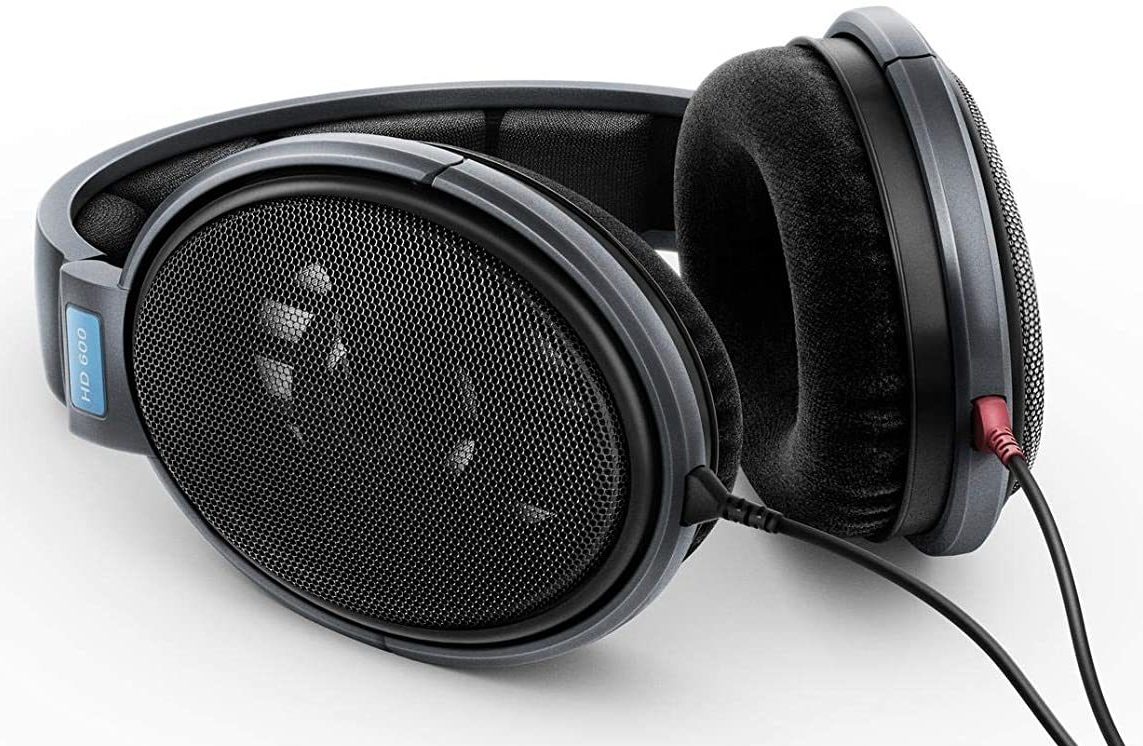
What’s In The Box
- Sennheiser HD 600 headphones
- Three-meter detachable copper cable with 3.5mm (1/8″) jack
- Adapter to 1/4″ jack stereo jack plug
HD 600 Final Verdict
These headphones aren’t without their issues, but most of the issues come from the fact that they are open-back headphones. It’s a trade-off, you sacrifice noise cancellation for a wider, more open sound. If you want to shut out (and in) more noise, go for closed-back headphones, but you won’t get the same open sound. What we are getting at is that if these issues are true of all open-back headphones, it would be harsh to think of them as faults.
The one slight direct complaint about the steel band is fair to mention, but it’s as far from a deal-breaker as it gets.
All of the good reasons for choosing open-back headphones are abundantly confirmed here. The sound is quite stunning, and potentially worthy of a higher price tag, although we are glad that’s not the case. On top of delivering the expected pros, the versatility, thanks to the enormous dynamic range, is exceptional. From the sound, to high comfort, to build quality, they tick all the boxes.
We will double down and go ahead and say, the Sennheiser HD 600 open-back headphones are the best headphones for mastering, mixing, or producing, anywhere near this price. The Sennheiser HD 600 has earned its high reputation.
What are your thoughts? Feel free to let us know in a comment below or reach us on our Twitter or our Instagram.


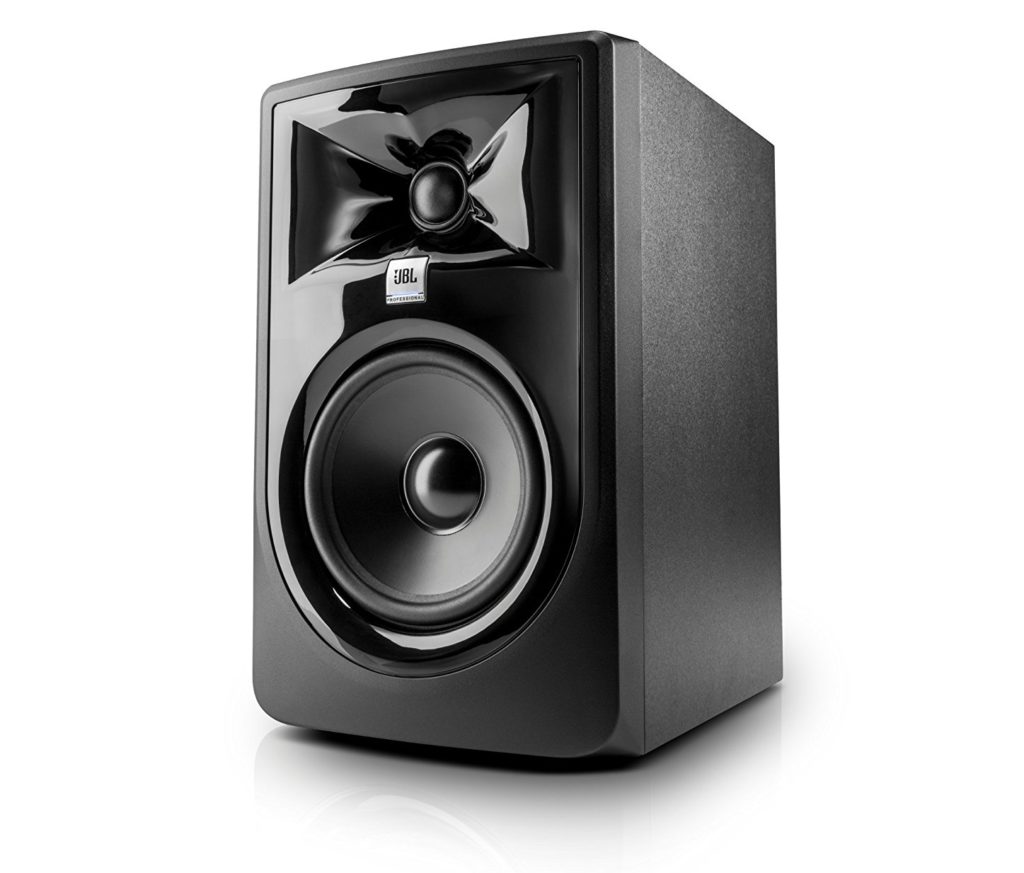

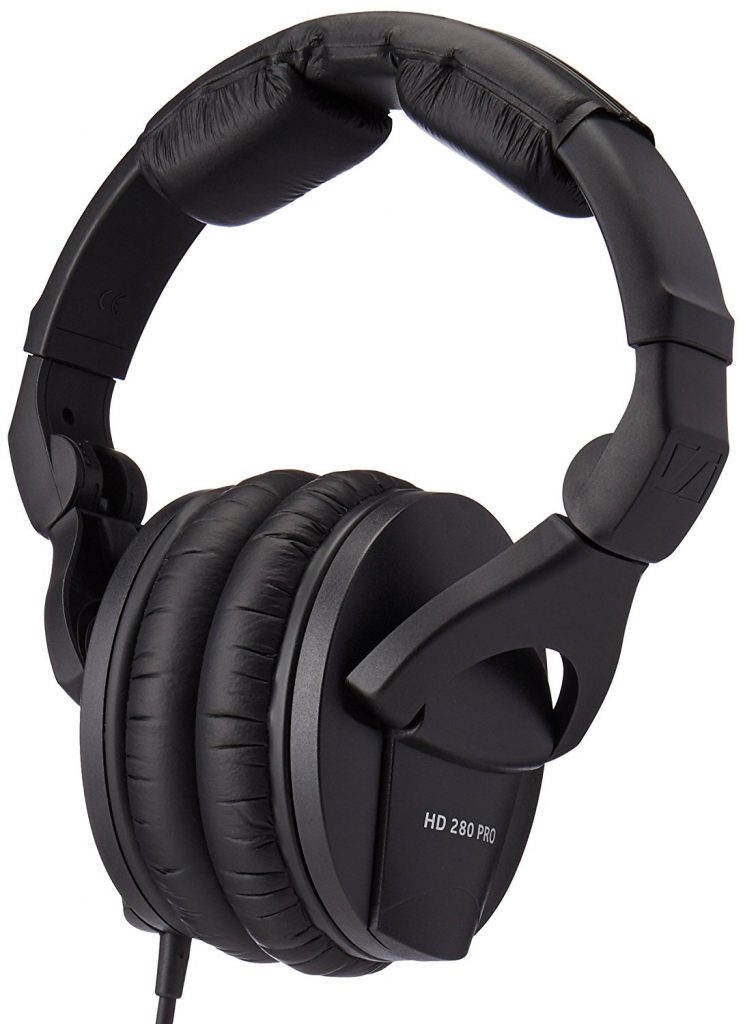
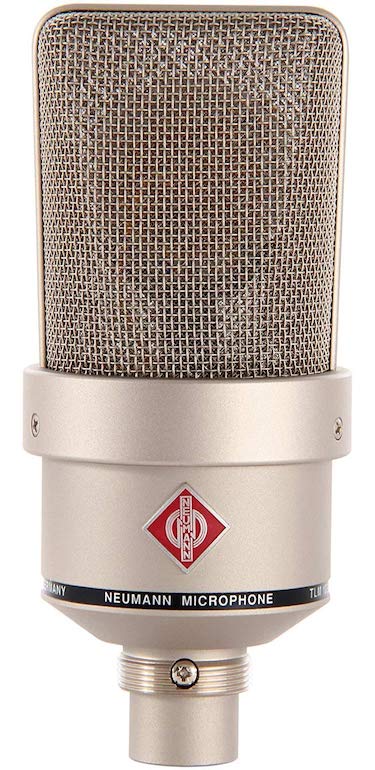
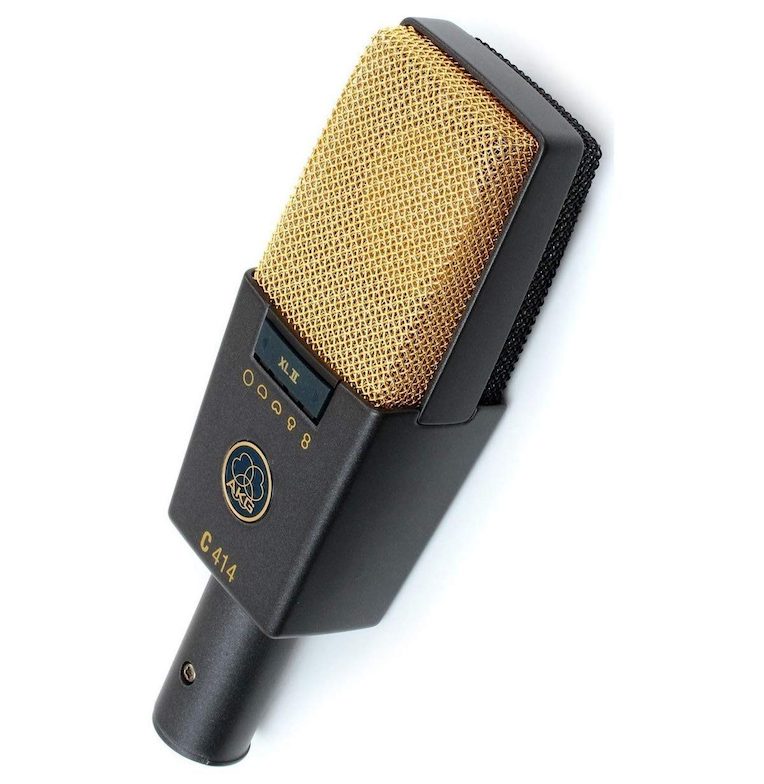

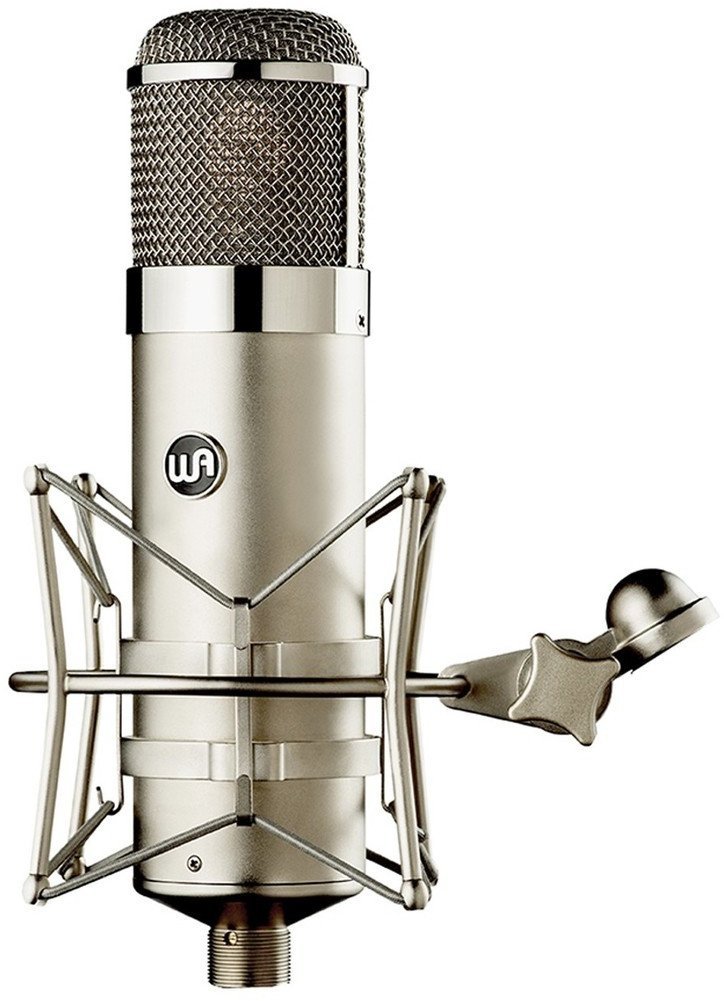











[…] the years, the Sennheiser HD600 (see our full review) has gained a very strong reputation in the music production community. They’re renowned for […]